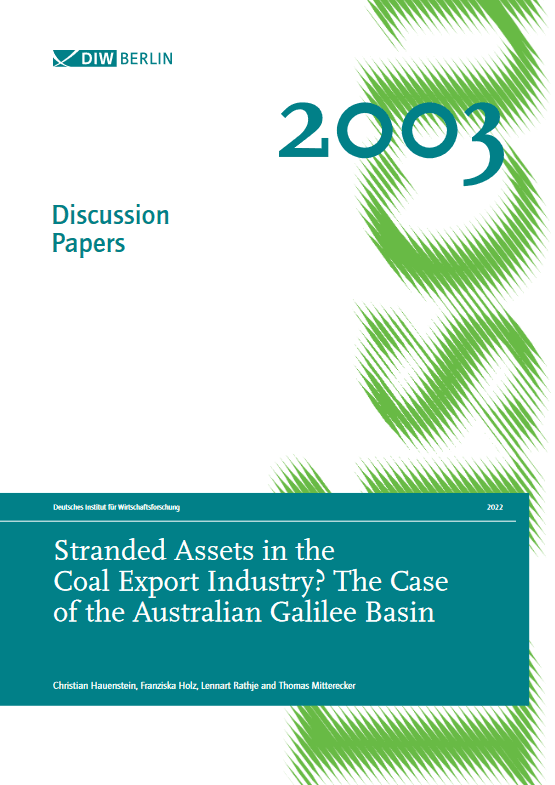Stranded Assets in the Coal Export Industry? The Case of the Australian Galilee Basin

Steam coal exporters face increasing uncertainty about future coal demand and risks of asset stranding. Nevertheless, new export-oriented coal mine projects are still brought forward. In this study, we use the coal sector model COALMOD-World to assess the economic prospects of investments in the export-oriented steam coal sector, and in particular of coal mines in the Galilee Basin, Australia. We parameterize coal mining in the Galilee Basin based on the Carmichael coal mine and export project specifics. We construct three coal demand scenarios with varying climate policy ambitions based on bottom-up coal sector data of the major coal consuming countries in Asia. We find that, even under most optimistic assumptions, new coal mines in the Galilee Basin are not economically viable in the long-run and prone to become stranded assets. In other Australian basins only very limited investments are required in the most conservative demand scenarios and only to replace exhausted coal mining capacities. Australian steam coal production decreases significantly in all scenarios due to down-phasing domestic demand and shrinking export opportunities. Investments in other world regions are only viable in the most conservative demand scenario. Any new investments in steam coal supply in Australia and globally, and particularly in export-oriented coal supply, are at risk of becoming stranded assets.